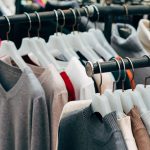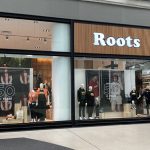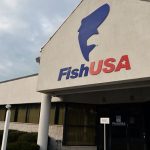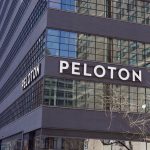Adidas and Reebok have again topped a ranking of global brands’ social and environmental transparency and practices.
Fashion Revolution’s Fashion Transparency Index of 150 major global brands and retailers found improvement across the industry, but said most companies were still operating in broadly the same way that enabled the Rana Plaza disaster to happen five years ago.
Only 55 percent of brands and retailers published measurable, timed goals on improving their environmental impact and just 37 percent published goals on improving human rights.
The Fashion Transparency Index 2017 reviews and ranks how much information 100 of the biggest global fashion companies publish about their social and environmental policies, practices and impacts.
The research found that even the highest-scoring brands on the list still have a long way to go towards being transparent. The average score brands achieved was 49 out of 250, less than 20 percent of the total possible points, and none of the companies on the list scored above 50 percent.
Adidas and Reebok achieved the highest score of 121.5 out of 250 (49 percent of the total possible points), followed by Marks & Spencer with 120 points and H&M with 119.5 points. However, only eight brands scored higher than 40 percent, while a further nine brands scored 4 percent or less out of 250 possible points, of which Dior, Heilan Home and s.Oliver scored 0 because they disclose nothing at all.
Out of the premium and luxury brands reviewed, nine scored between 21-30% of the total possible points, which was higher than the average. The other 10 scored 15 percent or less.
The good news is that 32 brands are publishing supplier lists (tier 1), including ASOS, Benetton, C&A, Esprit, Gap, Lululemon, Marks & Spencer, Uniqlo and VF Corporation brands, since April 2016. This is an increase from last year when Fashion Revolution surveyed 40 big fashion companies and only five were publishing supplier lists. This year, 14 brands are publishing their processing facilities where their clothes are dyed, laundered, printed or treated. However, no brand is publishing its raw material suppliers. Banana Republic, Gap and Old Navy scored highest on traceability (44 percent) because their supplier list includes detailed information such as types of products or services and approximate number of workers in each supplier facility.
Meanwhile few brands disclose efforts on living wages, collective bargaining and reducing consumption of resources (on average 9 percent of the information required in these categories was disclosed), sending a strong signal to brands to urgently look at their own business models and purchasing practices.
There is a long way to go in order for the industry to pay a living wage, as only 34 brands have made public commitments to paying living wages to workers in the supply chain, and only four brands—H&M, Marks & Spencer, New Look and Puma—are reporting on progress towards achieving this aim. This shows that much more needs to be done, and faster, by brands to ensure that workers, from farm to retail, are paid fairly.
Fashion Revolution Co-founder Carry Somers said, “People have the right to know that their money is not supporting exploitation, human rights abuses and environmental destruction. There is no way to hold companies and governments to account if we can’t see what is truly happening behind the scenes. This is why transparency is so essential.”
“Through publishing this research, we hope brands will be pushed in a more positive direction towards a fundamental shift in the way the system works, beginning with being more transparent.”
Dr. Mark Anner, director, Centre for Global Workers’ Rights Penn State University said, “The time has come for brands and retailers to make their entire supply chains transparent. The time has also come to establish sourcing practices that are conducive to the human development and empowerment of the workers who work so hard every day to make the clothes we wear.”
More information is available here.












